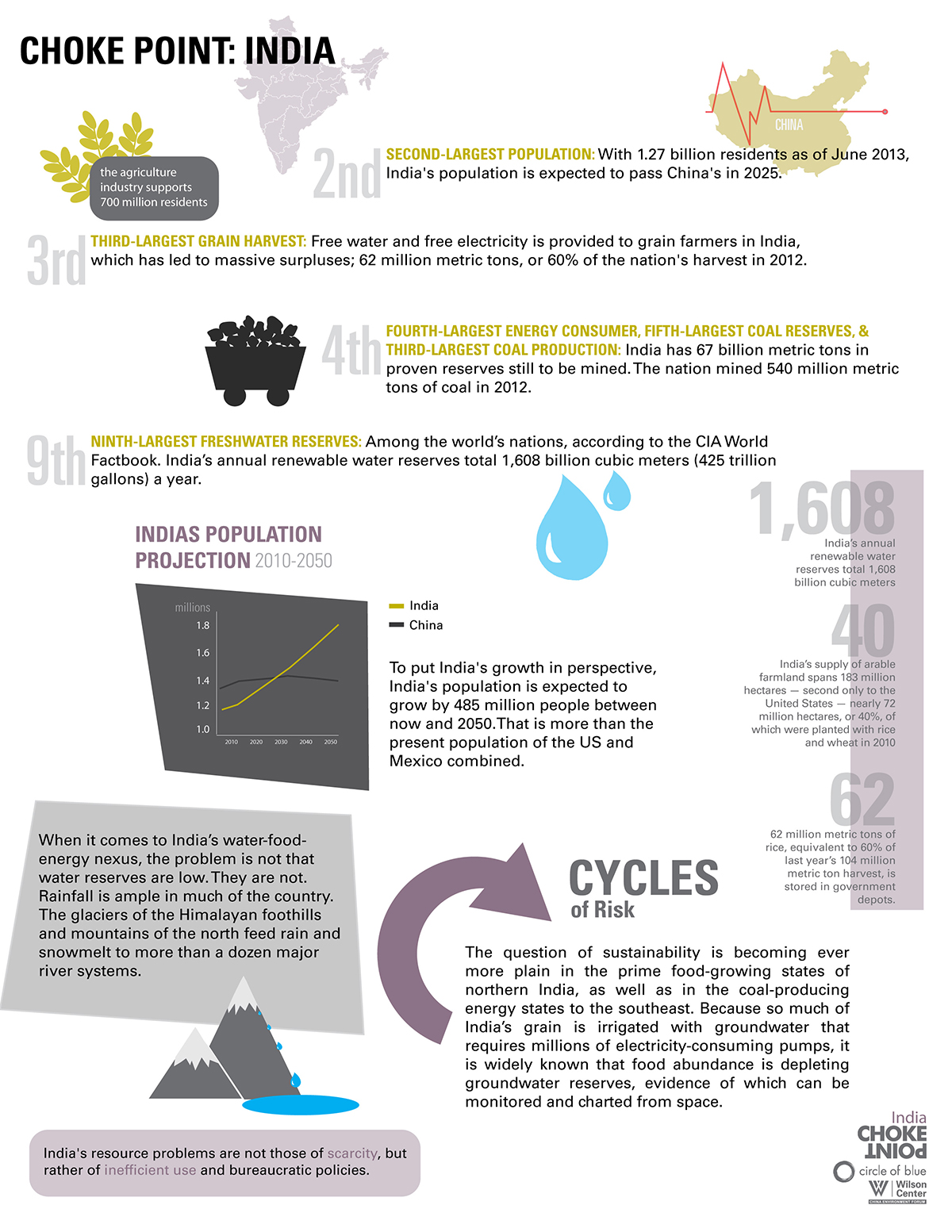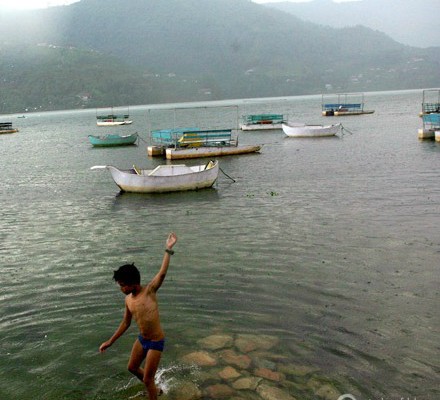Posts

Map: India’s Energy Reserves, Capacity, and Potential Renewable Energy (2008-2012)
0 Comments
/
Click through the interactive infographic to see how India, the world’s fastest-growing nation with the second-highest population, races to meet rising demand for energy.

Chhattisgarh’s Coal Crux
Most abundant in Chhattisgarh and the neighboring eastern states of Jharkhand and Odisha, India’s coal belt cinches the nation round the middle, tapering off in its westward stretch to both the south and north.

Haryana’s Food Processors
In an attempt to remove risk from the grain-producing economy, India guarantees that it will purchase at generous prices and mill at no cost to producers every kernel of wheat and almost every grain of rice that its farmers grow.

Punjab’s Food Producers
Before the Green Revolution of the mid-1960s, growers in northern India produced an elegant feast of native fruits, grains, and vegetables. By the 1980s, Punjab and Haryana states had together become the largest rice and wheat producers in India.

Chandigarh, Shared Capital of Punjab and Haryana
Home to 1 million, Chandigarh is considered the 'cleanest city' in India. It also has the highest per capita income, thanks in large part to the agricultural boom since the Green Revolution of the 1960s in both Punjab and Haryana states of northern India.

Infographic: Water, Food, and Energy Choke Points in India
India's resource problems are not those of scarcity, but rather of inefficient use and bureaucratic policies.

Video: India — A Nation Heading Towards a Water-Food-Energy Choke Point
After spending a month in India, Circle of Blue's India team members debrief their findings.

The Hindu Kush-Himalayan Region
Images from the Hindu Kush-Himalayan region--including Bhutan, Nepal, China, Tibet and India


